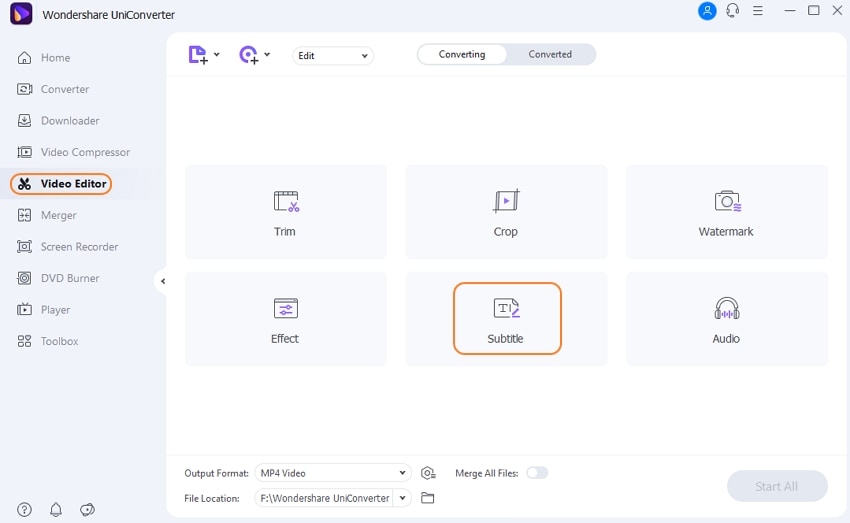
If you want to change the color of your captions or subtitles, click Color Properties.

Open the subtitle embedder and click Add Files.Ĭlick the Titles tab on the left and select the basic or animated caption style you prefer.ĭrag your chosen title style over to your Timeline.ĭouble-click the title and add the text you want to include.Ĭlick Clip Properties to adjust the duration and speed of your subtitles or captions.Īdjust the font to a style you like by clicking Font Properties and changing the font settings to fit your needs.
ADD SUBTITLES TO VIDEO FOR MAC
You can download Movavi Video Editor for Mac or Windows.ĭownload and install Movavi Video Editor. Along with subtitles and captions, you can also include titles, transitions, filters, stabilization, and other features to take your video to the next level. This desktop video app gives you the power to create engaging, polished videos that are inclusive and cool. Movavi lets you easily add subtitles to your videos, and it offers multiple editing features that can help make videos look and sound more professional. Subtitles include dialog, and they may even include the translation of lyrics to a song playing in the movie or video, but they won’t include other sound effects. Subtitles are created to help people who don’t speak the language of the video understand it better. So, when we look at subtitles versus captions, what’s the main difference? Captions are created for the hearing impaired, and they include descriptions of non-spoken sound effects as well as spoken language. When “speakies” started becoming popular, people who didn’t speak the language of the film were left scratching their heads – until someone figured out adding subtitles to the video.

Basically, in silent film days, there was no language barrier in most films because there was no audio dialog. They were first created in the transition from silent to audio films. Subtitles, on the other hand, have been around since the 1930s. Thus, they were called “open captions.” Captions that could be turned off were soon introduced, which is where we get the term “closed captioning.”

The captions you saw in the 1970s, and most of the ‘80s were permanently part of the video and couldn’t be turned off. Captions went over so well with people who are deaf and hard of hearing that, by the 1980s, they were actually mandated for all U.S.
ADD SUBTITLES TO VIDEO HOW TO
So, if you want to add captions to a video or you want to learn how to add subtitles, you’ll first want to know what sets the two apart – and which one you actually want to add to your video.Ĭaptions have been around since the 1970s when they were first added to some television programs to help deaf people enjoy the same shows that hearing people watch with no problem. You’ve probably heard people refer to captions and subtitles interchangeably, but they’re actually two different things.


 0 kommentar(er)
0 kommentar(er)
